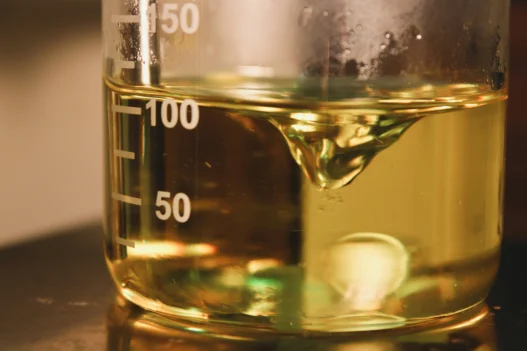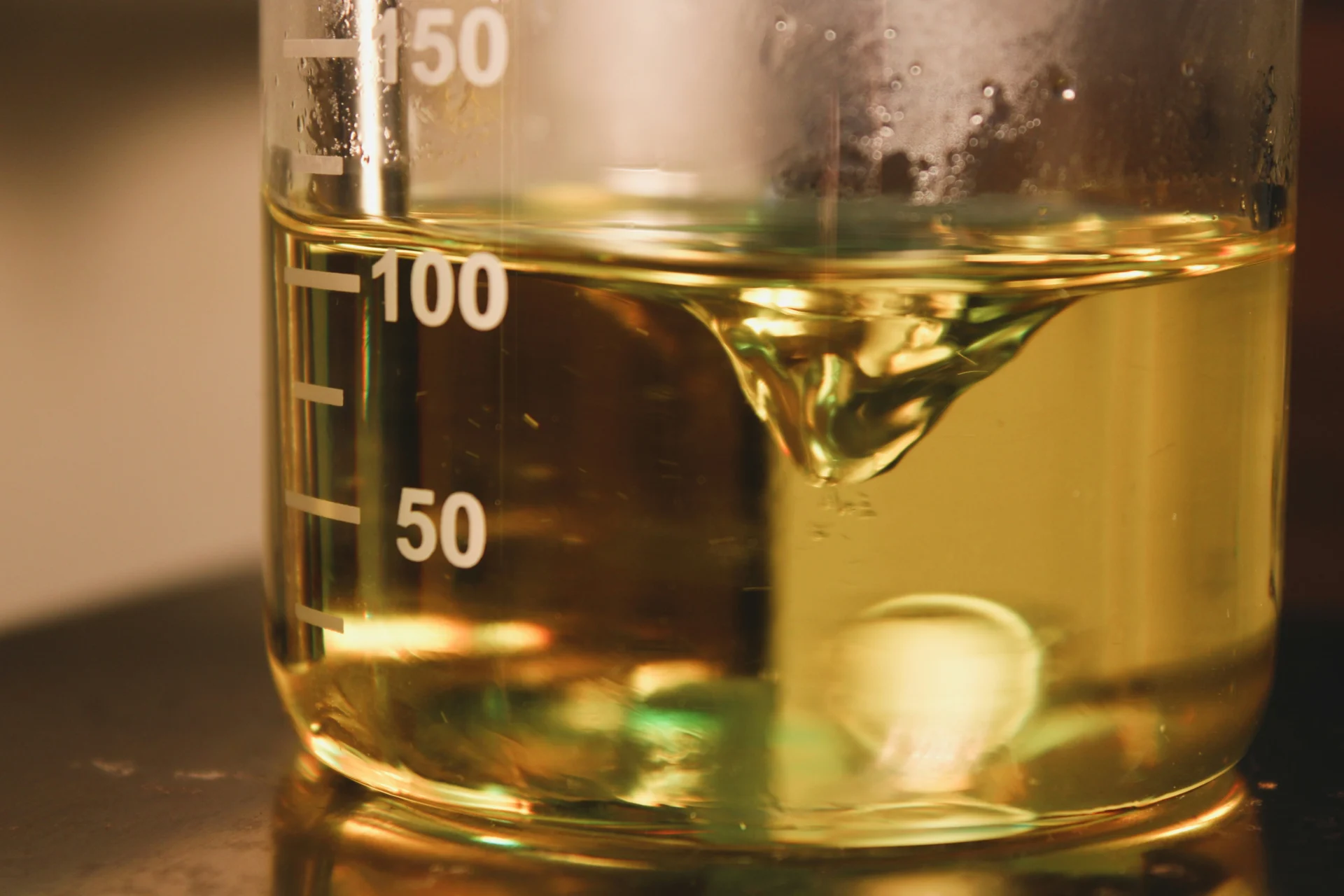3-Methyl-3-buten-1-ol, also known as isoprenyl alcohol, is a compound that is commonly used in the production of flavors and fragrances. This compound is found in a variety of fruits and vegetables, as well as essential oils. Its pleasant odor makes it a popular choice for use in perfumes, soaps, and household cleaners. Additionally, 3-Methyl-3-buten-1-ol is used in the manufacturing of pharmaceuticals and as a building block for synthesizing other compounds. Overall, this compound plays a significant role in enhancing the sensory experience in everyday products that we use.
Table of Contents:
- 💡 Commercial Applications
- ⚗️ Chemical & Physical Properties
- 🏭 Production & Procurement
- ⚠️ Safety Considerations
- 🔬 Potential Research Directions
- 🧪 Related Compounds
💡 Commercial Applications
3-Methyl-3-buten-1-ol, also known as isoprenol, has several commercial and industrial applications. It is commonly used as a starting material in the production of various chemicals, such as fragrances, flavorings, and pharmaceuticals. Isoprenol is also utilized in the synthesis of polymers, adhesives, and coatings due to its reactive nature.
In the pharmaceutical industry, 3-Methyl-3-buten-1-ol plays a crucial role in the synthesis of certain drugs and medications. It acts as a key intermediate in the production of cholesterol-lowering statin drugs, as well as antibiotics and other pharmaceutical compounds. Isoprenol’s versatility and reactivity make it a valuable building block in drug development and manufacturing processes.
Furthermore, 3-Methyl-3-buten-1-ol is used in the cosmetics and personal care industry as a fragrance ingredient, providing a pleasant odor to various products such as perfumes, lotions, and soaps. Its unique scent profile makes it a popular choice for adding a fruity and floral note to a wide range of consumer goods. Isoprenol’s commercial and industrial applications highlight its importance as a versatile compound with diverse uses across different sectors.
⚗️ Chemical & Physical Properties
3-Methyl-3-buten-1-ol is a colorless liquid with a strong fruity odor. It is commonly described as having a pungent, slightly sweet smell. This compound is used in the production of various flavors and fragrances due to its pleasant scent.
The molar mass of 3-Methyl-3-buten-1-ol is approximately 86.13 g/mol, with a density of about 0.826 g/cm^3. In comparison to common food items, such as sugar (molar mass 342.30 g/mol, density 1.59g/cm^3) and salt (molar mass 58.44 g/mol, density 2.16 g/cm^3), the compound has lower molar mass and density.
3-Methyl-3-buten-1-ol has a melting point of -73°C and a boiling point of 120°C. In contrast, common food items like butter (melting point 32-35°C) and water (boiling point 100°C) have higher melting and boiling points. The compound is significantly lower in temperature compared to these items.
This compound is slightly soluble in water, forming a clear solution. It is also known for its low viscosity, making it easy to handle in various processes. In comparison to common food items like sugar (high solubility in water) and honey (high viscosity), 3-Methyl-3-buten-1-ol has different solubility and viscosity characteristics.
🏭 Production & Procurement
3-Methyl-3-buten-1-ol, also known as isomethylcarbinol, is typically produced through the catalytic hydrogenation of isopentenyl acetate. This process involves subjecting the acetate compound to a hydrogen gas stream in the presence of a suitable catalyst, such as palladium on carbon. The resulting product is then further purified through distillation or other separation techniques.
In terms of procurement, 3-Methyl-3-buten-1-ol can be obtained from chemical suppliers or manufacturers specializing in fine chemicals and organic compounds. The compound is commonly available in liquid form, packaged in drums or bulk containers for transport. Due to its flammable nature, proper handling and storage procedures must be adhered to during transportation.
Given its importance as a precursor in the synthesis of various organic compounds, 3-Methyl-3-buten-1-ol is frequently transported in sealed containers or tanker trucks to prevent exposure to air and moisture. It is essential to ensure that the compound is securely packaged and labeled according to relevant regulations to guarantee safe handling and transportation. Additionally, proper documentation and permits may be required for the transport of 3-Methyl-3-buten-1-ol across different jurisdictions.
⚠️ Safety Considerations
Safety considerations for 3-Methyl-3-buten-1-ol include its potential flammability, as it is classified as a flammable liquid. It is important to store this compound away from sources of ignition and in a well-ventilated area to prevent the buildup of flammable vapors. Additionally, contact with this compound may cause skin irritation and it should be handled with caution to avoid direct skin contact.
Hazard statements for 3-Methyl-3-buten-1-ol include “Causes skin irritation” and “Highly flammable liquid and vapor.” These statements indicate that exposure to this compound can cause irritation to the skin and that it presents a fire hazard due to its flammability. It is important to take appropriate precautions when handling this compound to minimize the risk of skin irritation and to prevent the ignition of flammable vapors.
Precautionary statements for 3-Methyl-3-buten-1-ol include “Keep away from heat/sparks/open flames/hot surfaces – No smoking” and “Wash thoroughly after handling.” These statements emphasize the importance of keeping this compound away from potential ignition sources to prevent fires or explosions. Additionally, it is recommended to wash hands and any exposed skin thoroughly after handling this compound to minimize the risk of skin irritation. Overall, it is crucial to follow proper safety protocols when working with 3-Methyl-3-buten-1-ol to ensure safe handling and storage.
🔬 Potential Research Directions
Potential research directions for 3-Methyl-3-buten-1-ol could include investigating its use as a precursor in the synthesis of various compounds in the chemical industry. This compound’s structure offers unique opportunities for functionalization and modification, making it an intriguing subject for organic synthetic chemists.
Furthermore, exploring the potential biological activities of 3-Methyl-3-buten-1-ol could reveal new applications in pharmaceuticals or as a flavoring agent. Studies could focus on its interactions with biological systems, such as enzyme inhibition or receptor binding, to uncover its potential therapeutic properties.
Additionally, research into the environmental fate and impact of 3-Methyl-3-buten-1-ol could provide valuable insights into its behavior in ecosystems and potential risks to human health. Understanding its stability, degradation pathways, and potential bioaccumulation could inform regulatory decisions and guide mitigation strategies.
🧪 Related Compounds
One similar compound to 3-Methyl-3-buten-1-ol is 2-Methyl-2-buten-1-ol. This compound also contains a double bond between the second and third carbon atoms, with a branch off the second carbon atom, similar to the structure of 3-Methyl-3-buten-1-ol. The only difference between the two compounds is the position of the methyl group, which is attached to the second carbon atom in 2-Methyl-2-buten-1-ol.
Another compound with a similar structure to 3-Methyl-3-buten-1-ol is 2-Methyl-3-buten-1-ol. This compound also contains a double bond between the second and third carbon atoms, as well as a branch off the third carbon atom. The difference between 2-Methyl-3-buten-1-ol and 3-Methyl-3-buten-1-ol is the position of the methyl group, which is attached to the second carbon atom in 2-Methyl-3-buten-1-ol.
A third compound that shares a similar structure to 3-Methyl-3-buten-1-ol is 1-Methylcyclohexanol. This compound contains a cyclohexane ring with a methyl group attached to the first carbon atom. While the structure of 1-Methylcyclohexanol differs from that of 3-Methyl-3-buten-1-ol in terms of the arrangement of carbon atoms and functional groups, they both contain a single methyl group attached to a carbon atom.






